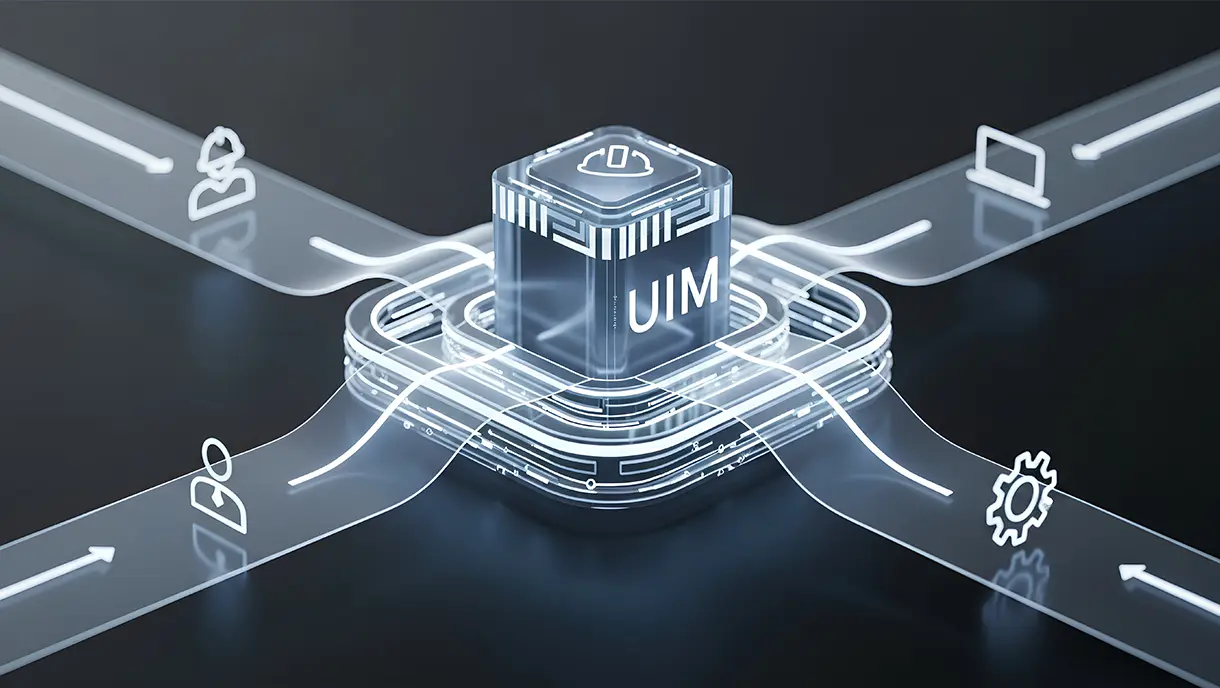Choosing the Right Time Clock for Payroll Accuracy
This post discusses how choosing the right time clock system can significantly improve payroll accuracy and efficiency. It outlines the key benefits of automated time tracking, such as reducing errors, ensuring compliance, and streamlining payroll processes. Learn the essential factors to consider—like deployment options, features, usability, security, and cost—to select a system that best fits your business needs.

Payroll can be a time-consuming and error-prone process, especially when managing employee hours with manual methods. Fortunately, time clock systems offer a powerful solution, boosting efficiency and accuracy. This guide empowers you to choose the ideal system for your business, ensuring smooth payroll syncing and saving valuable time and resources.
Benefits of Using Time Clocks for Payroll Processing
- Fast Payroll Processing: Eliminate manual data entry and streamline payroll calculations with automatic time capture.
- Reduced Errors: Minimize inaccuracies in payroll by replacing paper timesheets with a reliable digital system.
- Improved Compliance: Ensure adherence to labor laws with automated overtime tracking and break management features.
- Enhanced Employee Satisfaction: Empower employees to track their hours easily and access pay stubs conveniently.
- Streamlined Reporting: Generate comprehensive reports for payroll, project costing, and employee productivity analysis.
Choosing the Right Time Clock System: Key Factors
Here's a table outlining crucial aspects to consider when selecting a time clock system:
FAQ’s
1. What are the different types of time clock systems?
Time clock systems come in various forms, including physical punch card machines, biometric fingerprint scanners, and cloud-based software accessible via desktops or mobile devices.
2. Can I integrate my time clock system with existing payroll software?
Many time clock systems offer seamless integration with popular payroll providers in the USA. Ensure compatibility with your preferred solution.
3. How much does a time clock system cost?
Costs vary depending on features, deployment options, and the number of users. Explore freemium plans, subscription models, and one-time purchase options.
4. What are the security considerations when choosing a time clock system?
Look for systems with secure data encryption, user authentication measures, and compliance with data privacy regulations.
Learn more about OLOID's Time Clock solution!
Conclusion
By selecting the right time clock system, you can achieve seamless payroll syncing, minimize errors, and boost efficiency across your organization. Consider the factors discussed in this guide to make an informed decision and unlock the full potential of automated time tracking. With a reliable system in place, you can free up valuable resources and focus on what matters most – running your business. (Also read: Time Clock Solutions: Should They Be Same For Desk Workers And Frontline Workers?)






Get the latest updates! Subscribe now!




